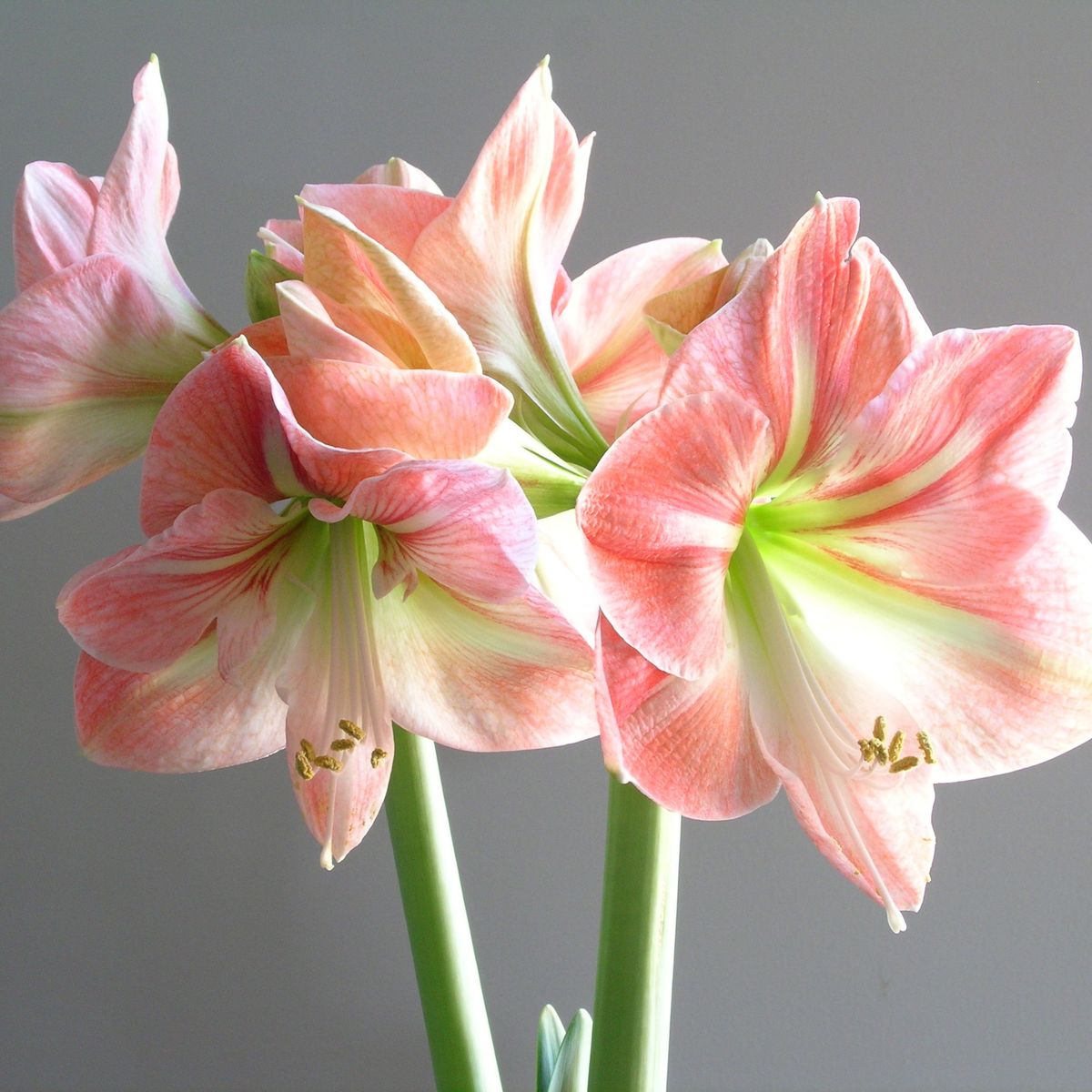There are people who voluntarily spend most of their lives indoors, shut away from sunlight, fresh air and anything greener than the occasional potted plant. Those people probably do not feel the rhythm of the seasons, but I do. In the fall, as the days shorten, I find myself turning inward. By the winter solstice, it is hard to get out of bed in the morning. The whole world, at least from my perspective, gets logy and a bit cranky.
Now the seasonal polarity has been reversed, and I feel myself being pulled from the relative gloom of my house out into the sunlight. One of the neighbors, who is an absolute seasonal bellwether, has begun setting out multiple pots of daffodils, tulips and cyclamen. My eye is drawn to her front garden, hungry for the sight of something colorful.
This seasonal pull has led me to think about sweet peas (Lathyrus odoratus). Now is the perfect time to contemplate these wonderfully fragrant plants, because they thrive under cool spring conditions. Many of the catalogs and reference books note that they should be sown directly into the ground. I am conventional in many ways, but I have flouted this conventional wisdom for several years now with good results. I start my sweet peas indoors in individual pots around April Fool’s Day, and set the seedlings out as soon as the soil becomes workable. That way I can be assured of getting my sweet peas, even in years when spring only lasts a few days.
As a child the only sweet peas I knew of were the garden refugees that grew semi-wild on the edges of fields near our summer cottage. They were pink and virtually unscented, but they added great interest to my bouquets of Queen Anne’s Lace and wild chicory. I know now that those sprawling sweet peas were probably Lathyrus latifolius. I have seen lots of it in the country, but never in anyone’s garden.
Every thirty or forty years there is a renewal of interest in “old fashioned” gardens or “cottage gardens.” When this happens, annual sweet peas also enjoy renewed popularity. If the catalogs are any indication, gardeners have fallen under their spell of sweet peas once again.
The ancestors of modern sweet peas flourished in southern Italy. They arrived in England about 1699, courtesy of Brother Franciscus Cupani, a Sicilian monk who sent seeds of a fragrant purple/maroon bi-colored variety to Dr. Robert Uvedale, an English schoolmaster of his acquaintance. At a time when sweet smells were in short supply, sweet peas caught on, despite their relatively weak stems and small flowers.
The Lathyrus saga took a big bold turn in the nineteenth century when Henry Eckford, a Scot living in England bred a large-flowered or grandiflora strain. These Eckford hybrids had it all–color, fragrance and a tendency to produce interesting “sports” or spontaneous genetic mutations. One of those sports, with attractive wavy petals, occurred in 1899 at Althorp, hereditary estate of the Earls of Spencer and childhood home of the late Princess Diana. The Althorp sport, ‘Countess Spencer’, was, like the Princess, beautiful and celebrated. Eventually the Countess was crossed with other grandifloras to produce the ‘Spencer’ strain of sweet peas, which remains popular one hundred years later.
One of my favorite seed suppliers, Select Seeds (860-684-9310 or www.selectseeds.com) carries a Spencer mix that includes red, pink, purple, mauve and blue blossoms. The flowers are large (2-inches across), with the characteristic wavy-edged petals. If the Spencer sweet peas have any downside, it is that they flower somewhat later than other varieties. Those who live in areas with brief springs and long sticky summers may not be successful with the Spencers.
I like the sound of the ‘Winter Elegance’ hybrids. They are not as big and flashy as the Spencers, but they bloom earlier, which may work better in my suburban microclimate. I plan to stake them, or train them on a small trellis, or on teepees of bamboo canes, and enjoy them in the weeks before high humidity makes both sweet peas and humans lethargic and unproductive.
Henry Eckford’s firm produced many fine hybrids around the turn of the nineteenth century, and some are still in commerce. This year I am trying Eckford’s ‘Black Knight’. Its flowers, like most “black” blossoms, are actually darkest maroon, and its scent has been intoxicating people since 1898. For drama I am going to place ‘Black Knight’ cheek-by-jowl with ‘Mrs. Collier’, a white non-Eckford variety that goes back to the first decade of the twentieth century.
If you have limited space and want to grow sweet peas in pots, try one of the bush-type hybrids, such as ‘Cupid’ (sometimes sold as ‘Heirloom Cupid’), that has pink and white flowers. These might make lovely, fragrant window box subjects as well.
If you find yourself developing a fondness for sweet peas, get in touch with The Fragrant Garden, a mail order nursery that specializes in them. Contact the nursery at www.fragrantgarden.com or by fax at 503/266-2804.
Modern flower hybridizers constantly strive for plants that will “bloom from April until frost”. Sweet peas will never do that, and that is part of their charm. They are as ephemeral as spring and just as romantic.
by E. Ginsburg











